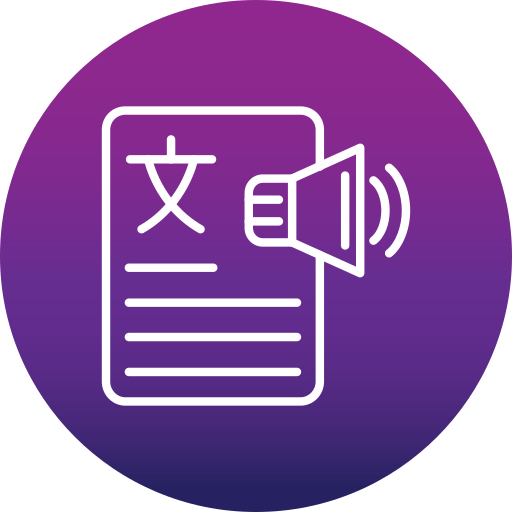Text To Speech: Making Your Devices Speak Your Language

Technology continues to bridge gaps and enhance accessibility in remarkable ways. One such innovation that has significantly impacted user experience is Text To Speech (TTS) technology. Whether you're visually impaired, multitasking, or simply prefer an auditory experience, TTS has become an invaluable tool in making devices more inclusive and user-friendly.
Text-to-Speech is a technology that converts written text into spoken words. It's not just about turning words into sound; it's about breaking down barriers and creating a seamless interaction between users and their devices. TTS has come a long way, evolving from robotic and monotonous voices to natural-sounding, expressive ones that can mimic the nuances of human speech.
One of the most significant advantages of TTS technology is its positive impact on individuals with visual impairments. By converting text into speech, devices empower visually impaired users to access information, read books, browse the internet, and engage with digital content independently. This breakthrough fosters a more inclusive digital environment, allowing everyone to participate and thrive in the digital landscape.
Imagine being able to absorb information from your device without having to focus solely on the screen. TTS facilitates multitasking by allowing users to listen to content while performing other activities. Whether you're cooking, commuting, or exercising, TTS provides a hands-free and eyes-free experience, making it a game-changer for those who lead busy lives.
TTS technology not only breaks down physical barriers but also caters to individual preferences. Users can choose from a variety of voices and customize the speech rate to match their comfort and understanding. Furthermore, TTS supports multiple languages, making it a powerful tool for global communication. It's not just about hearing words; it's about hearing them in your language and your way.
As technology continues to advance, so does TTS. Future developments may include even more realistic voices, improved language processing capabilities, and seamless integration across various devices. The potential applications are vast, ranging from education and entertainment to accessibility in smart homes and virtual reality environments.
Text-to-Speech technology is more than just a feature; it's a transformative force in enhancing the way we interact with our devices. Whether you're a student, a professional, or someone who simply values convenience, TTS has the potential to make your digital experience more dynamic, inclusive, and personalized.
Check Woord: A High-Quality Text To Speech
You may engage with text in a whole new way with the platform Woord. You can request an authentic and human reading of any article, news story, work document, or even the full book. In more than 100 voices, including those with accents, Woord accomplishes just that—it turns text into clear, high-quality audio, in 34 languages.
Whether you prefer to read or hear information, Woord offers an interesting approach to process it. With a premium membership, you can convert an endless quantity of texts, download audio files for offline listening, and even share them online via an embedded player. Additionally, Woord provides a seven-day free trial so you may check out its features before deciding to commit.
To make use of this Text To Speech just follow these steps:
- First, you have to go to https://www.getwoord.com/, where the text you want can be shared or uploaded. You may also use the SSML editor to write it there yourself.
- Choose your favorite voice, selecting gender, and accents. Here you will also be able to edit other settings, like the speed or pauses, for example.
- Finally, allow the platform to create your audio by clicking ‘Speak it.’ Play it once it’s finished. You may download it as an MP3 file if you’re satisfied with it, or keep editing it if not.
